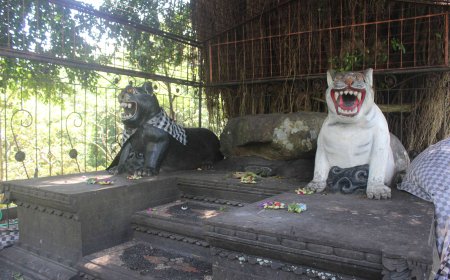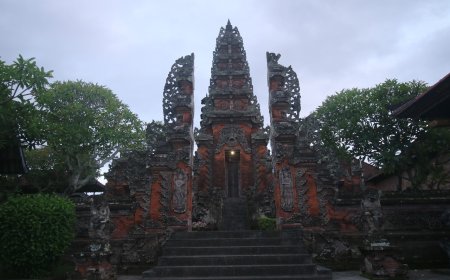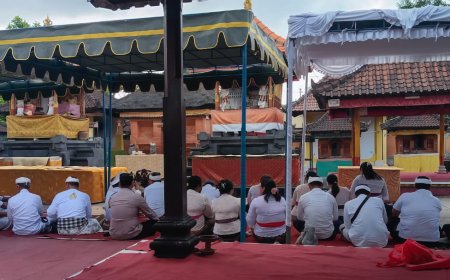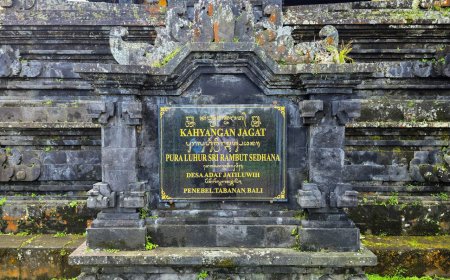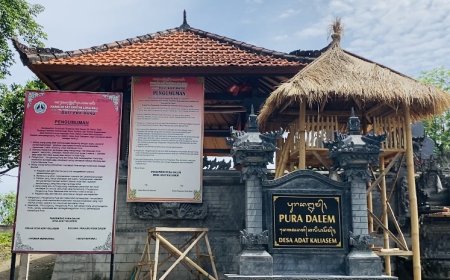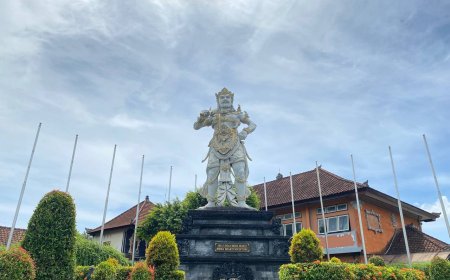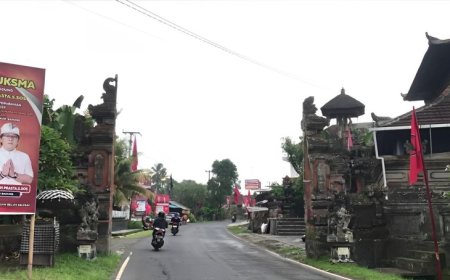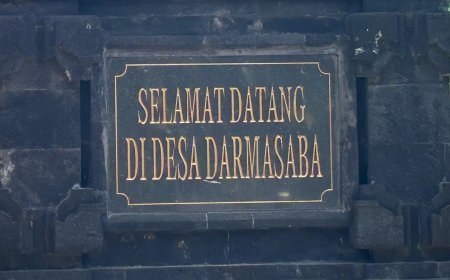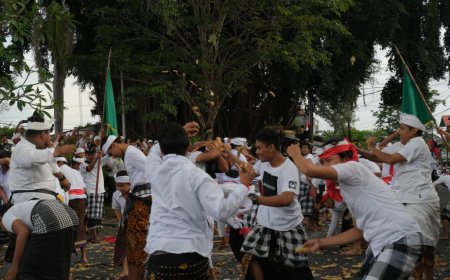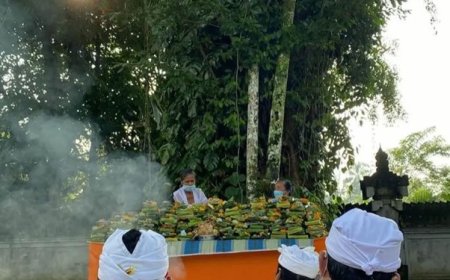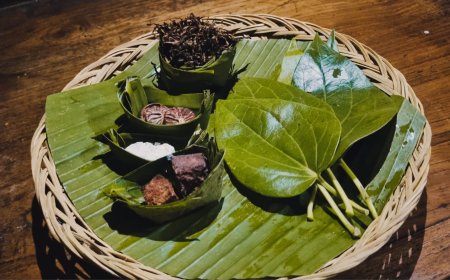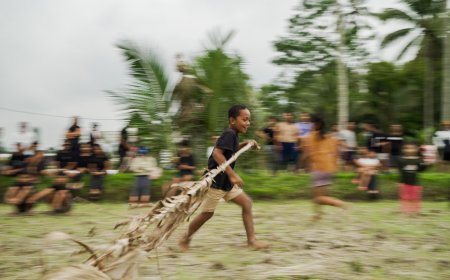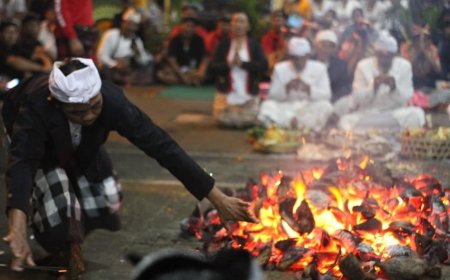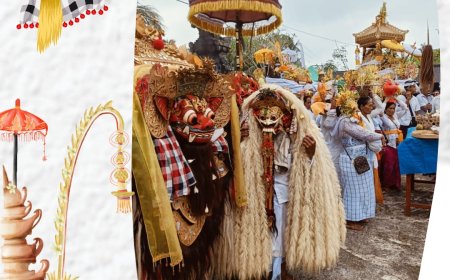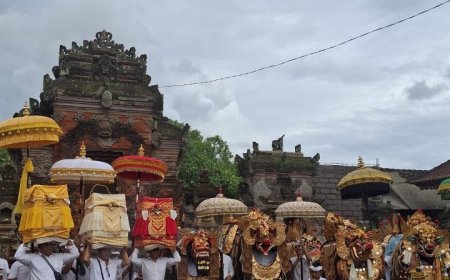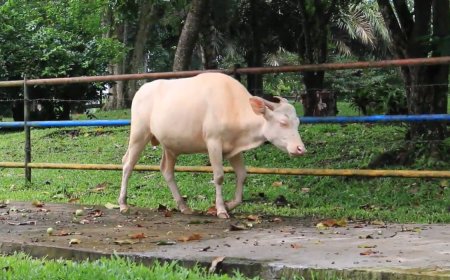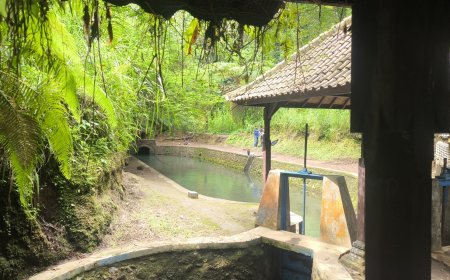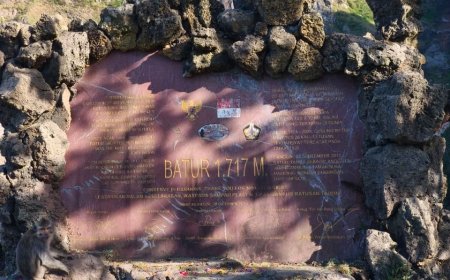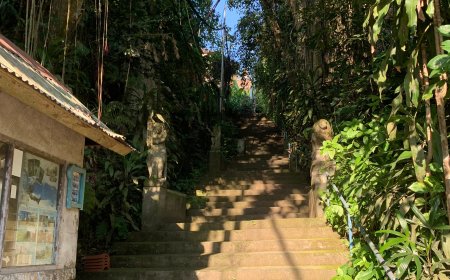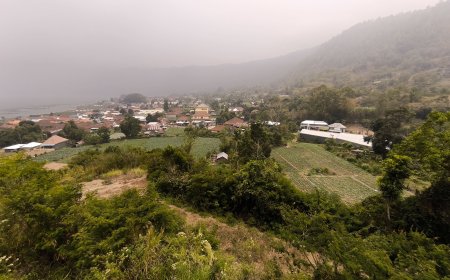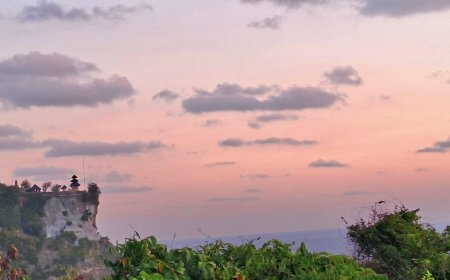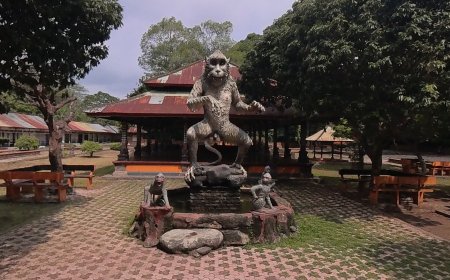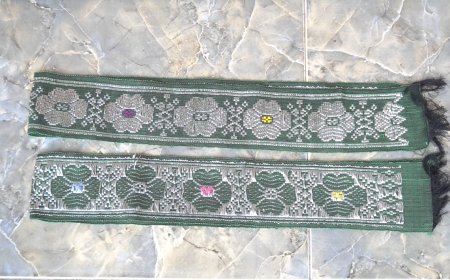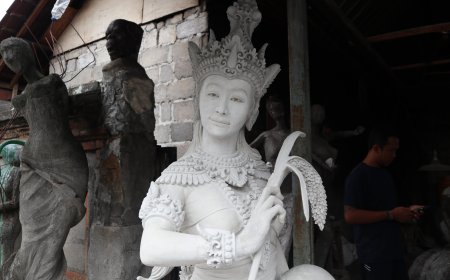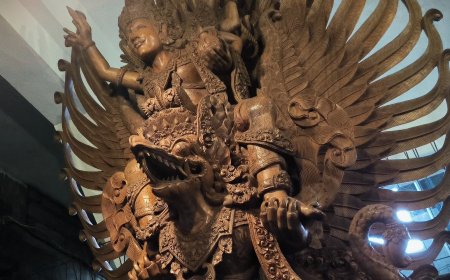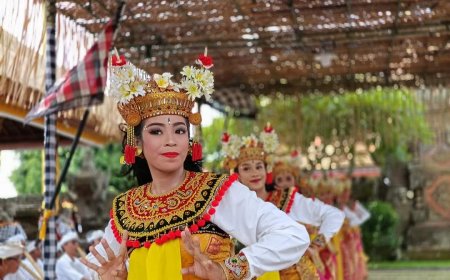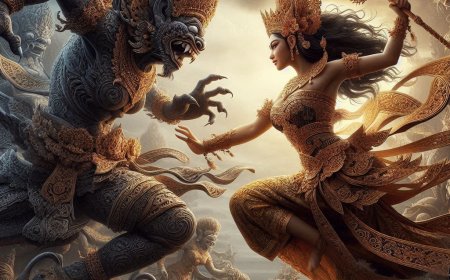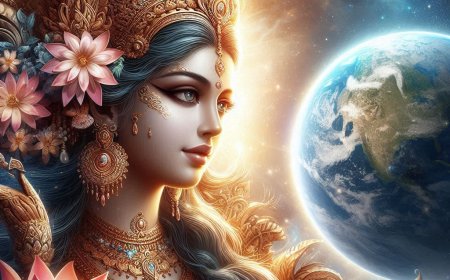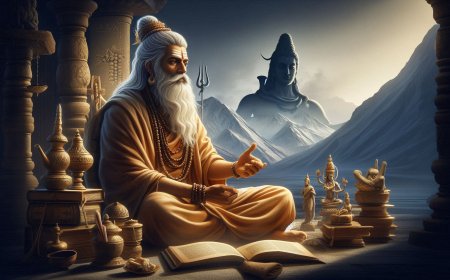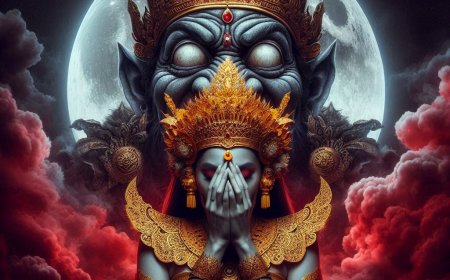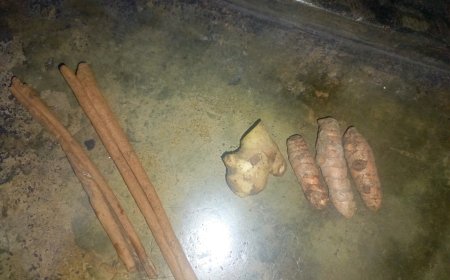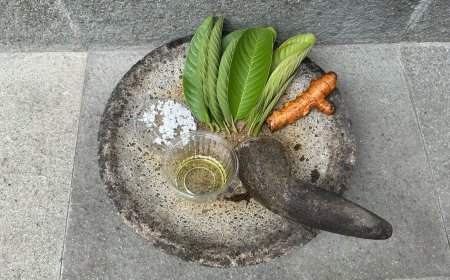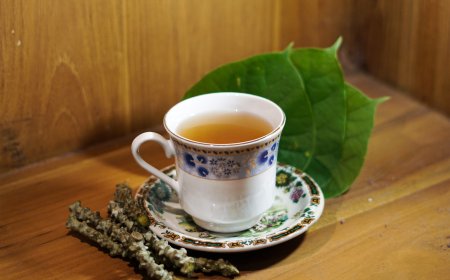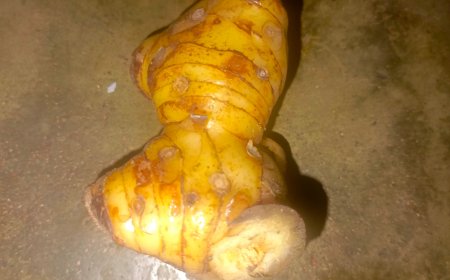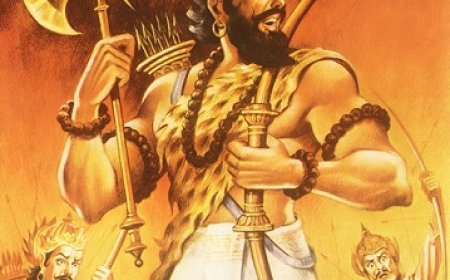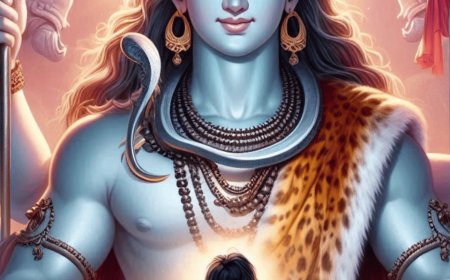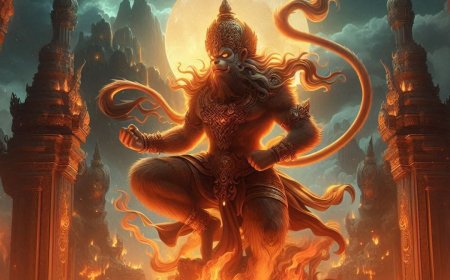Veerabhadra: Lord Shiva's Wrath for Sati's Sacrifice
Veerabhadra is the third avatar of Lord Shiva, who appeared in wrath after the death of Goddess Sati. Lord Shiva created Veerabhadra to destroy the Daksha Yajna ceremony as a response to the injustice. This story illustrates the values of loyalty and respect, as well as the consequences of harmful actions. Veerabhadra also symbolizes strength in confronting injustice, becoming a protector for those who are loyal to love and truth.
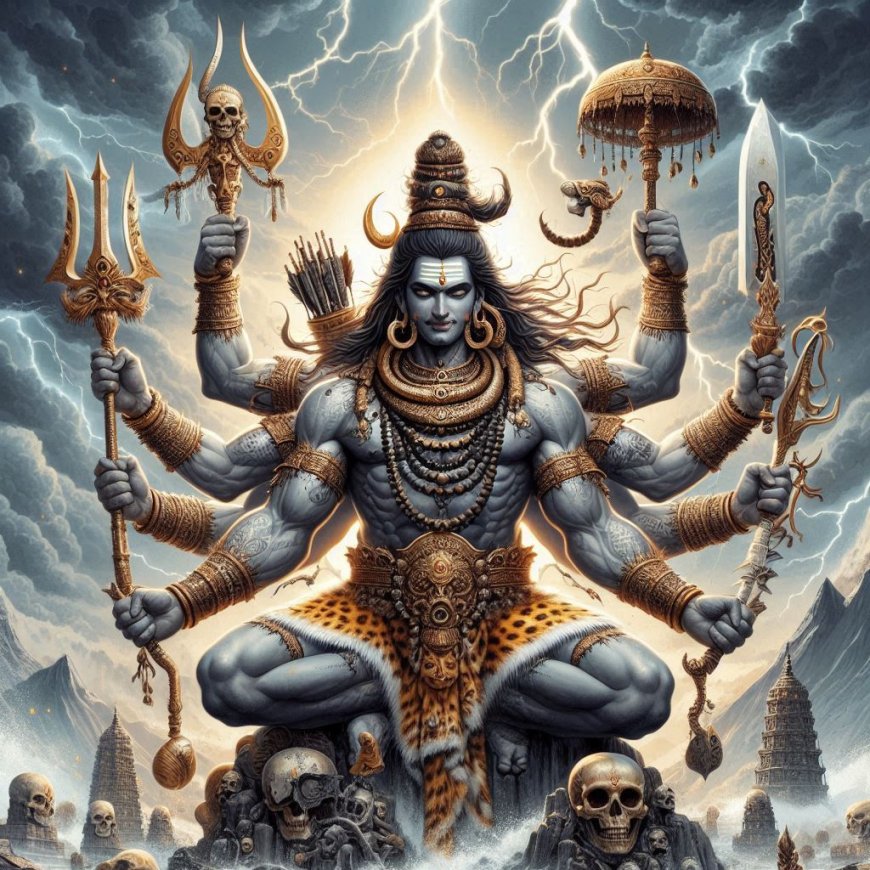
Veerabhadra is called Virabhadra, Veerabathira, and Veerabathiran. Veerabhadra is believed to be a formidable warrior who is the embodiment of the third avatara born out of Lord Shiva's wrath. The word 'Veerabhadra' is derived from two Sanskrit words: 'Veera' meaning hero and 'Bhadra' meaning friend. In his catastrophic form, Veerabhadra carries four different types of weapons in his eight hands : Bana (arrow), Khadga (sword), Dhanusha (bow), and Khetaka (shield), along with a headdress of a skull necklace.
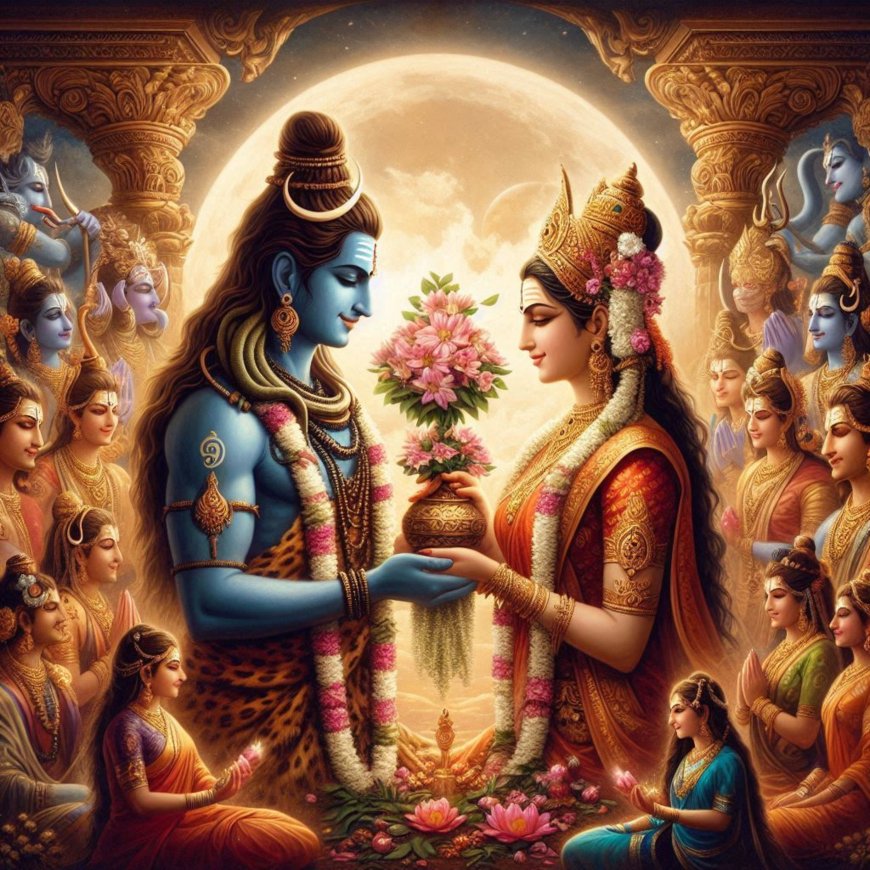
Marriage of Lord Shiva and Goddess Sati (Source: Personal Collection)
It starts with Sati, Daksha's youngest daughter who has always had a crush on Shiva, worships him, and wants to marry him. During Sati's svayamvara, Daksha invited all the gods and princes except Shiva. Sati threw her garland into the air, calling Shiva to accept it, and saw Shiva coming standing in the center of the palace, with a garland around his neck. Daksha had no choice but to accept her daughter's marriage to Shiva. However, Daksha did not like Shiva. He believed that Lord Shiva was different from all the gods, wearing tiger skin and snakes around his neck. Daksha also disliked Shiva eating Bhang and Dhatura. Despite her father's rejection, Sati still married Shiva.
Daksha and Shiva are polar opposites. Both are gods who uphold asceticism, Daksha adheres to the general standards imposed on ascetics of the time such as not having long hair, not speaking loudly, not drinking alcohol, not laughing loudly, not acting inappropriately while Shiva is the opposite of all that. Shiva wears his hair long, sometimes drinks alcohol, lives in unusual places such as cemeteries and cremation grounds, and sings and dances whenever he wants. Hence, Daksha did not like Lord Shiva.
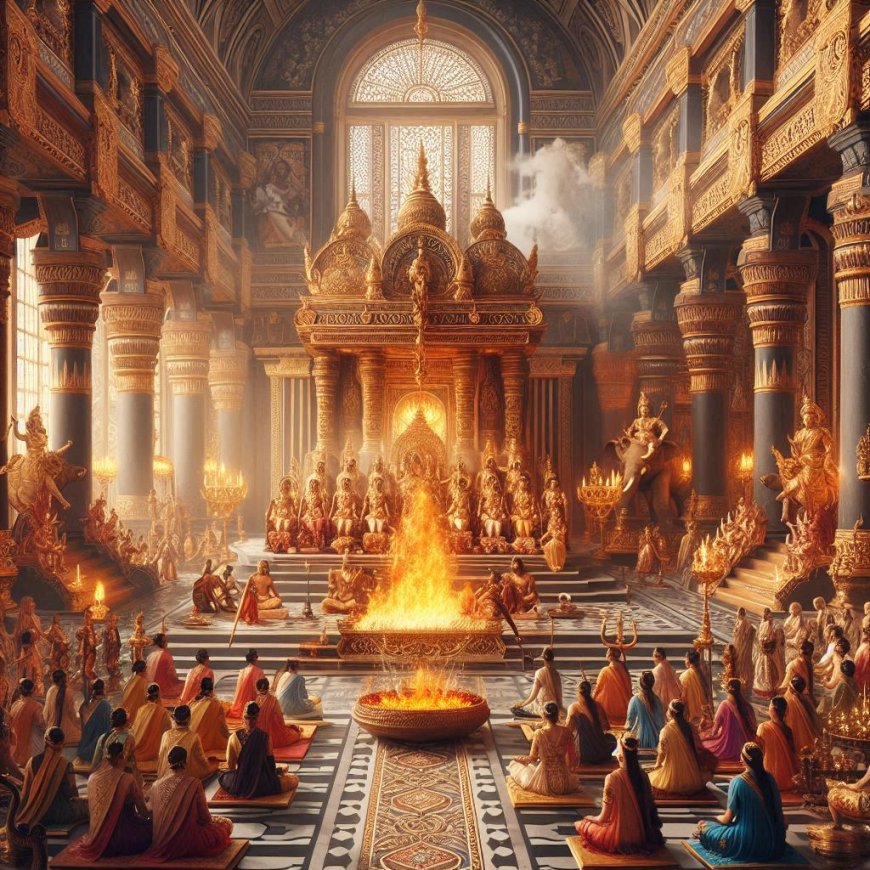
Daksha Yajna (Source: Personal Collection)
One day, Daksha organized a grand Yajna (Yagya) and invited all his thirty-three daughters and sons-in-law, including other gods: Lord Brahma, Lord Vishnu, and the Rishis. However, Daksha refused to invite Lord Shiva and Sati to the Yajna as an expression of his disapproval of the couple's marriage.
Sati knew that her father had invited everyone from Devaloka except her and her husband. Out of affection for her parents, Sati's impulse to attend the event overrode her social etiquette of not going to an uninvited ceremony. When Shiva refused to accompany her, Sati insisted on attending the Yajna even without Shiva. Sati then continued to plead with Shiva to go to the Yajna. Meanwhile, Shiva assumed that by not inviting them directly (or indirectly), Daksha did not want them to be there at all. However, although Lord Shiva tried to stop her, the compassionate Lord Shiva told her to go and return quickly. Accompanied by gana (Lord Shiva's followers), Sati descended from Kailash and headed for Daksha's palace.
Finally, Sati went to the Yajna ceremony, when she met her parents, Sati asked why she was not invited. In reply, Daksha said, “If I call you, I will also have to call your husband, and I don't want him to come to the Yajna. I don't like that dirty, old fashioned man coming to my big ceremony.” Daksha insulted Shiva in every possible way, expressing his hatred for Shiva in front of the entire assembly of people.
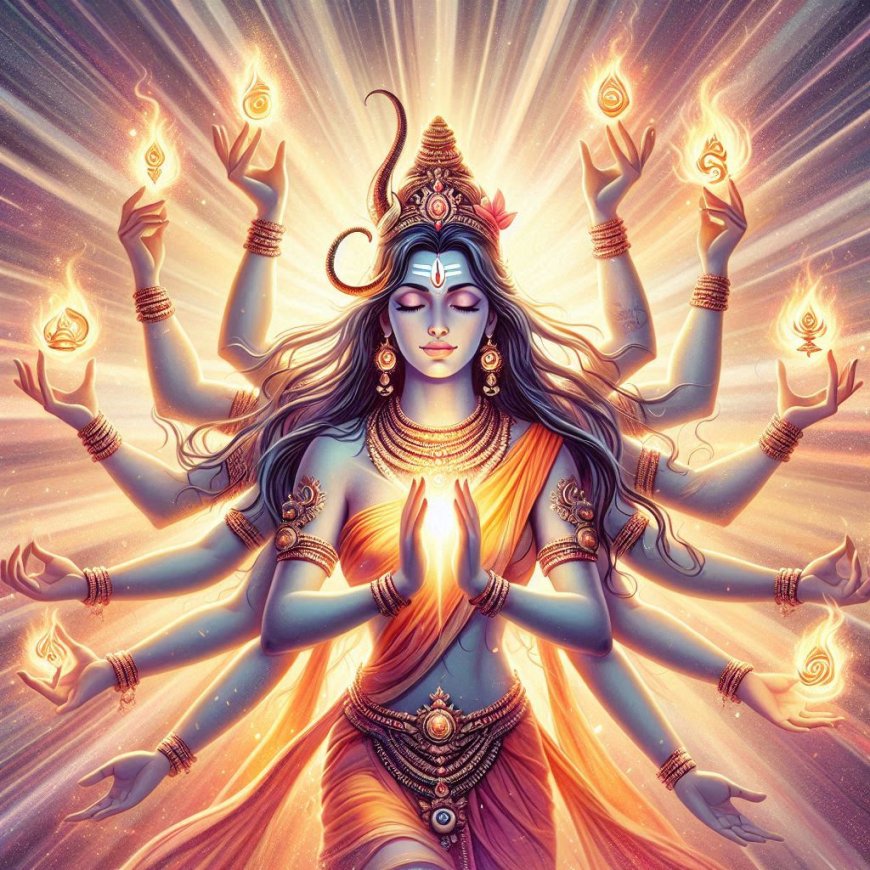
Goddes Sati's Sacrifice (Source: Personal Collection)
Unable to bear the humiliation and shame, Sati got rage and then fell silent before finally replying that she no longer wanted to be Daksha's biological daughter. Sati jumped into the sacrificial fire, with her yogic abilities sacrificing herself as proof of loyalty to Lord Shiva. The gana (followers of Lord Shiva) went to Kailash and told Shiva about how Daksha insulted Sati and Lord Shiva and how Sati sacrificed herself.
Hearing this, Lord Shiva became very rage and made a very loud sound. Shiva then created two ferocious forms: Veerabhadra and Bhadrakali from his matted hair. Veerabhadra was created to destroy Daksha and kill his entire army. Veerabhadra was born due to Shiva's grief over Sati's death. Shiva sweated and his sweat fell to the earth. This gave birth to the ferocious Veerabhadra, who destroyed the sacrifice. Veerabhadra and Bhadrakali were created respectively to represent the energies of Shiva and Shakti in a ferocious for.

Veerabhadra and Bhadrakali (Source: Personal Collection)
“I am known as Veerabhadra, and I was born from the wrath of Rudra (Shiva). This woman (who is my friend), is known as Bhadrakali and she is born from the wrath of the goddesses.” (Santi Parwa: Mokshadharma Parwa: Section CCLXXXIV). Veerabhadra is a minor element of Shiva. Veera means brave. The word “veera” is basically derived from the word “veerya”. Veerya means sperm, the seed that gives birth to human beings. These two aspects are directly interlinked, that is, an important aspect of Shiva's life is that he never sheds his sperm. Veerabhadra looked so ferocious that his height was too high to reach heaven, his skin was as dark as a cloud, had many arms carrying terrible weapons, and wore a skull necklace.
Lord Shiva ordered Veerabhadra to take his entire army and destroy Dhakasha. Veerabhadra went to the Daksha Yajna with his army. When the war began, Veerabhadra defeated the entire Daksha army, killing the kings, knights, rsi, and several gods present there. A god of wealth named Bhaga escaped death but his eyes were blinded, several gods were thrown across the field, Indra was trampled, and Yama's staff was broken.
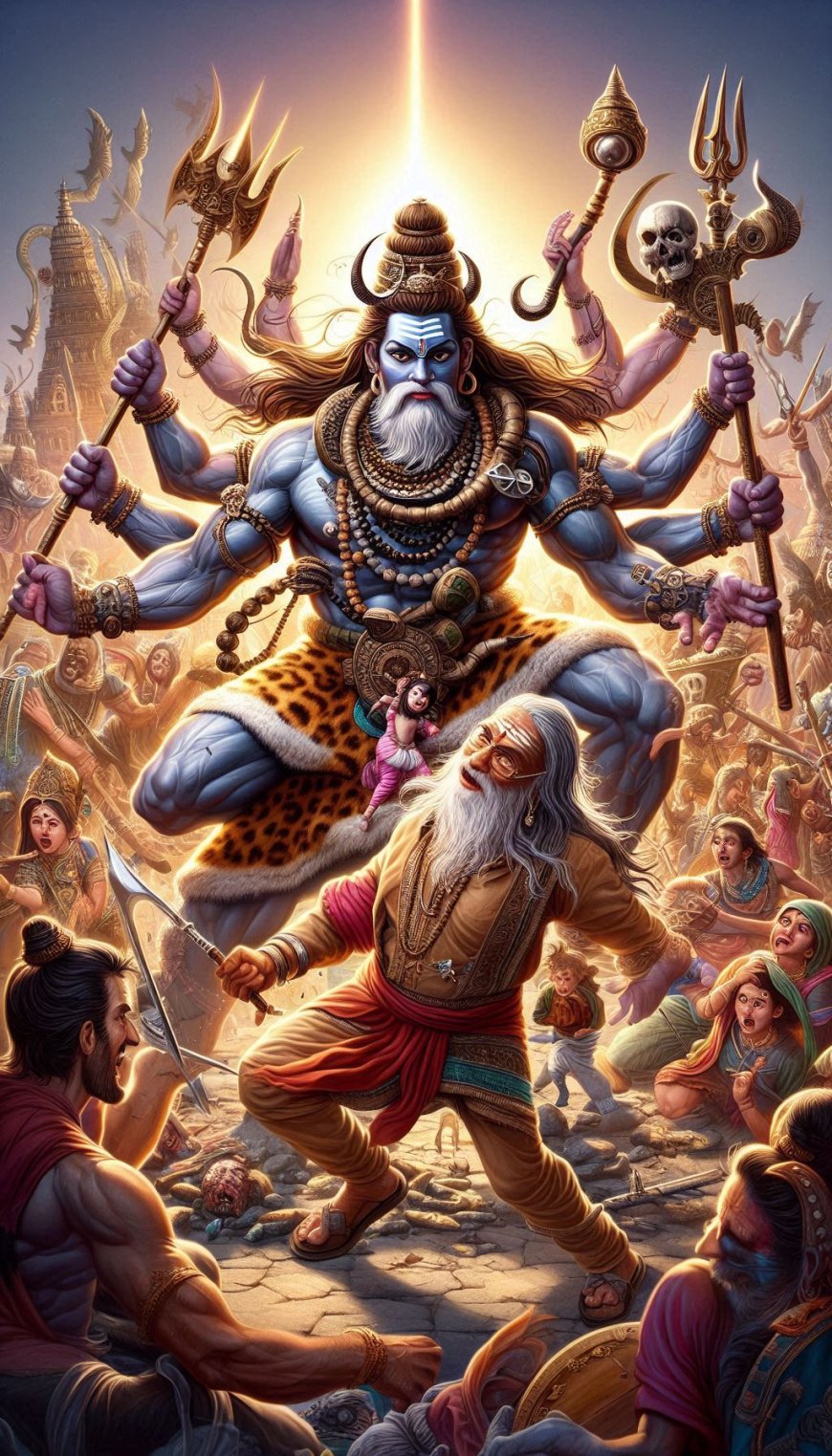
Veerabhadra attacks and beheads Daksha (Source: Personal Collection)
Daksha sought the protection of Lord Vishnu, being bound by promise Lord Vishnu was forced to agree to provide temporary protection. The rishis pleaded with Lord Vishnu to defend the sacrifice from the attackers and the deity prepared to fight Veerabhadra. While, Veerabhadra offered his obeisances to the preserver god, he accused him of seeking a share of the sacrificial offerings, and warned him not to stay there. Mentioned in the Skanda Purana, Lord Vishnu threw the Sudarsana Chakra at Veerabhadra to kill him. However, Veerabhadra was so strong that he swallowed the most powerful Sudarsana Chakra. To top it off, Veerabhadra beheaded Daksha. The surviving gods and guests prayed to Shiva to stop Veerabhadra and restore Daksha's life.
After the great destruction in the Yajna, all the gods and Rishis went to Lord Brahma for help. Lord Brahma asked them to reconcile and get along with Lord Shiva and reminded them that Lord Shiva is the only dissolver of the universe where 'dissolving' is defined as returning everything that has become obsolete to its origin. Making the final decision, Lord Brahma and Lord Vishnu both knew that the incomplete Yajna was imminent and had to be completed. They both went to Mount Kailash and begged Lord Shiva to forgive Daksha and repair the broken limbs of the gods and rishis for the welfare of the world.
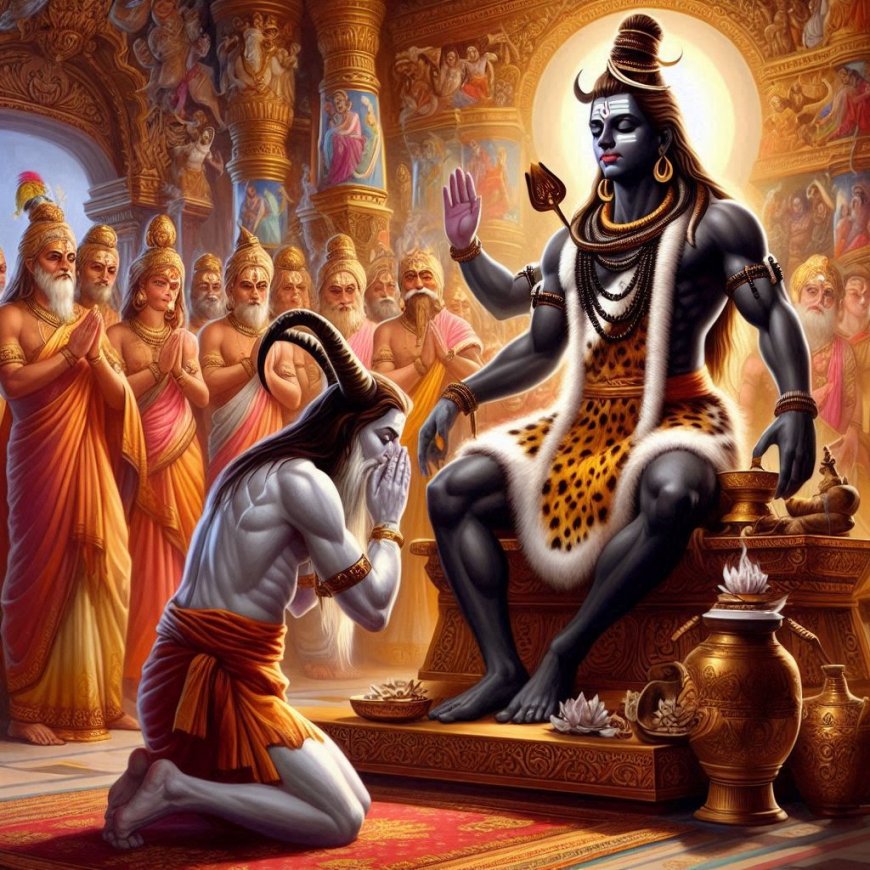
Lord Shiva and Daksha Prajapati (Source: Personal Collection)
The compassionate Lord Shiva took pity on Prasuti (Daksha's consort) and restored Daksha's broken head with a goat's head. Shiva also repaired the limbs of the Gods and Rishi to their original state. This time, Shiva calmed down and allowed the Yajna to be completed. Daksha then felt sorry for his own ignorance and invited Lord Shiva to the Yajna to complete it. In the presence of all the other deities and Lord Shiva, the Yajna was ritually performed. From that day on, Daksha became a great devotee of Lord Shiva and called Shiva Shankar (Shankara) - the good and virtuous one.
To alleviate Lord Shiva's grief and allow Sati to reincarnate, eventually Lord Vishnu using his Sudarsana Chakra cut Sati's body into pieces, which fell to Earth. The number of pieces was 52, and fell in 52 different places, later all these places became known as the 52 sacred Shakti Peeths. Afterward, Lord Shiva returned to Kailash, and Sati returned in another life to be born as Goddess Parvati.
